In a recent post titled The Neuroscience Of Meditation, I commented on an article that my dharma brother, Paul Tingen wrote on the Mindfulness Bell website. Paul’s article was called, “Using Mindfulness to Rewire the Brain.”
I responded to Paul though the OI (Order of Interbeing) Yahoo group the same day that it appeared in my inbox. Paul wrote back and the conversation continues. Recently, several others have responded to Paul’s article in the Mindfulness Bell.
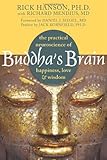
Birgitte wrote that she was reading Dr. Rick Hanson‘s book, Buddha’s Brain: The Practical Neuroscience of Happiness, Love, and Wisdom. There is more about Dr. Hanson below.
 Bev wrote that she discovered an interesting book by Dr. Norman Doidge called, “The Brain That Changes Itself: Stories of Personal Triumph from the Frontiers of Brain Science.”
Bev wrote that she discovered an interesting book by Dr. Norman Doidge called, “The Brain That Changes Itself: Stories of Personal Triumph from the Frontiers of Brain Science.”
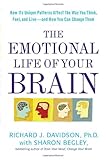 I just finished reading Dr. Richie Davidson‘s book, “The Emotional Life of Your Brain: How Its Unique Patterns Affect the Way You Think, Feel, and Live–and How You Can Change.” This book contains life-changing ideas about what Dr. Davidson calls Emotional Style. Emotional style is based on neurological evidence from Dr. Davidson’s research.
I just finished reading Dr. Richie Davidson‘s book, “The Emotional Life of Your Brain: How Its Unique Patterns Affect the Way You Think, Feel, and Live–and How You Can Change.” This book contains life-changing ideas about what Dr. Davidson calls Emotional Style. Emotional style is based on neurological evidence from Dr. Davidson’s research.
There are six dimensions of emotional style: resilience, outlook, social intuition, self-awareness, sensitivity to context, and attention. Each style corresponds to neural activity in different parts of your brain.
I highly recommend this book for anyone interested in mindfulness and neuroscience. Most likely, I’ll have another post about emotional style, so stay tuned!
Dr. Rick Hanson in cooperation with Sound True recently interviewed seven of the pioneers in research on The Compassionate Brain. This series featured Dr. Richie Davidson, Dr. Daniel Siegel, Dr. Tara Brach, Dr. Dacher Keltner, Dr. Kelly McGonigal, Dr. Kristin Neff and Dr. Jean Houston. You can watch the replays for free and even get CEU credits if you need them.
So far, I have listened or watched the replays of the interviews with all of the participants except the last one. Each interview contains valuable insights into the brain and how important compassion is for ourselves and others. I hope to review each of the interview in future blog posts.
Dr. Hanson is going to talk about the practical takeaways from this series on Monday night, November 26, 2012 at 5:00 PM Pacific time. You can register for the series and listen or watch the video presentation. It is not too late.
 Paul Tingen wrote back to the group this morning and indicated that he is reading Daniel Levitin’s book, This Is Your Brain on Music: The Science of a Human Obsession. He stated:
Paul Tingen wrote back to the group this morning and indicated that he is reading Daniel Levitin’s book, This Is Your Brain on Music: The Science of a Human Obsession. He stated:
I’m currently reading Daniel Levitin’s wonderful book “This is your Brain on Music,” which applies the findings of neuroscience to the world of music, and it contains one quite staggering bit of information, which is that our hearing is the only sense that creates measurable imprints in the brain that correspond to what’s happening outside of us. Apparently it is possible via brain scans, also in the case of animals, to trace the exact frequencies of a melody that is being played. Of course, we also interpret what we hear, but sounds leave an imprint in the brain before we interpret them, ie they have a pre-conceptual element. By contrast, visual stimuli are immediately interpreted the moment they enter the brain, so they are always conceptual, always entirely a mind construct. For example, there are no measurable brain patterns associated with seeing specific light frequencies… our perceptions of green, or red, etc, are already interpretations by the brain of data fed to it by our eyes. (Levitin compares the auditory sense mainly to the visual sense, so I don’t know whether the same applies to the three senses. He suggests it, but I am not sure. Perhaps someone knows?)
To my mind this is incredibly important. As a musician I have naturally always felt biased towards valuing the auditory over the visual (one of my favorite books on the subject being Nada Bhrama, The World is Sound by Joachim-Ernst Berendt), but this finding of neuroscience gives this idea a degree of objective validity.
To me the spiritual path is a path of listening, to ourselves, to others, to nature. Meditation normally involves us closing our eyes and just listening, inwardly and literally with our ears. The Buddha is usually depicted with his eyes closed, and with enormous ears… clearly the more meditatively inclined have long been aware of the supreme importance of listening.
In connection with Paul’s reply, I have been exploring sound meditation in the form of beta, delta and theta brain waves since last June. I have added listening to recordings of binaural beats to my morning mindfulness meditation practice and find it extremely valuable and relaxing. Many of the posts on Best Meditation Video under the categories of sounds, music and active visualization have sound meditation as their subject.
The research on mindfulness and neuroscience is so compelling the it is a wonder that more people don’t take up a daily meditation practice. Please help me spread the word about these important findings.




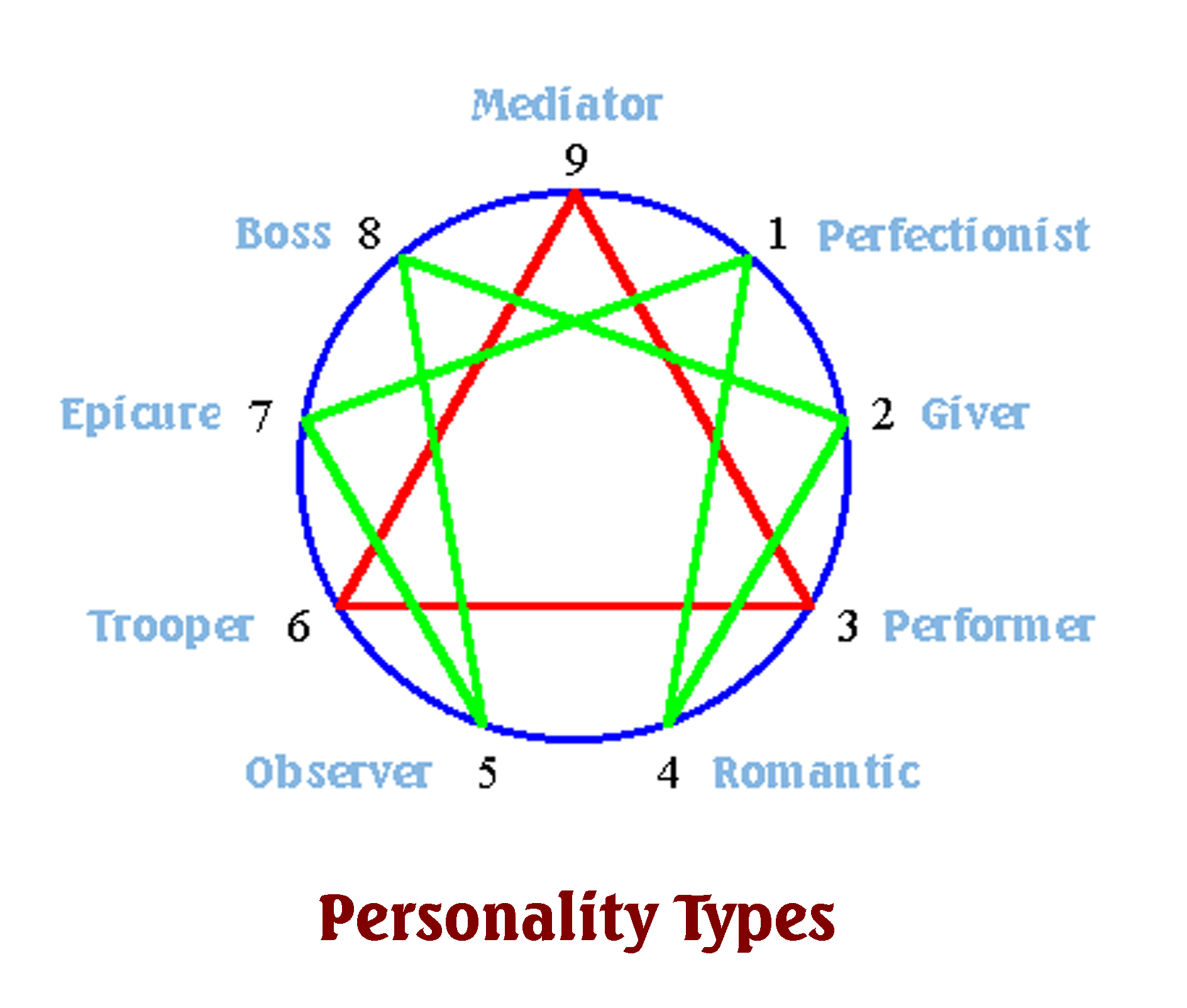

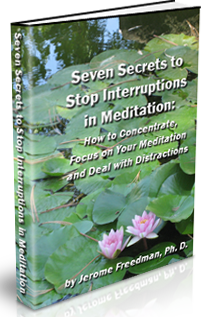
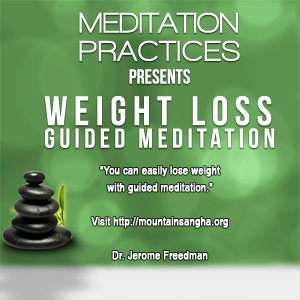
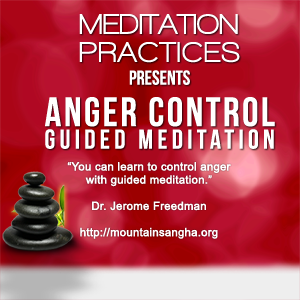
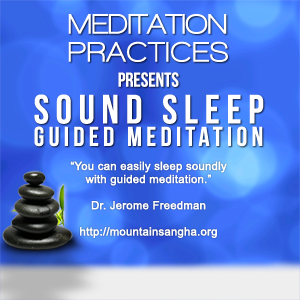
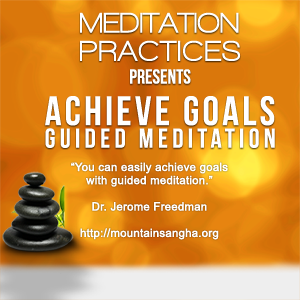

.jpg)